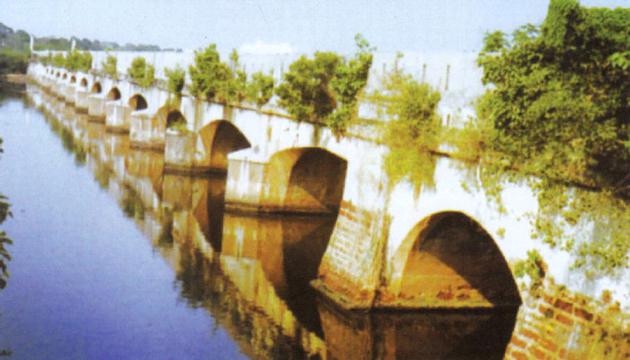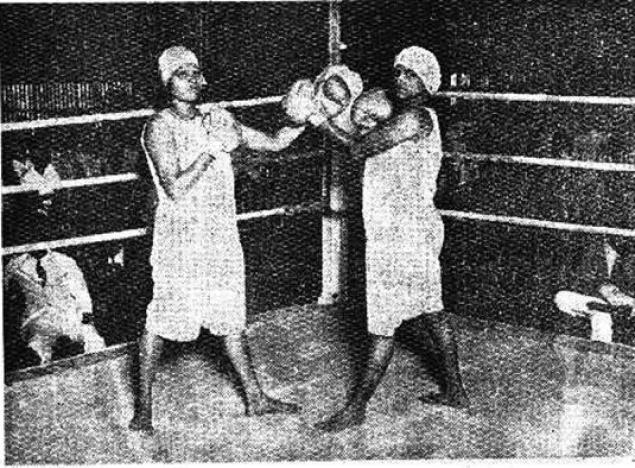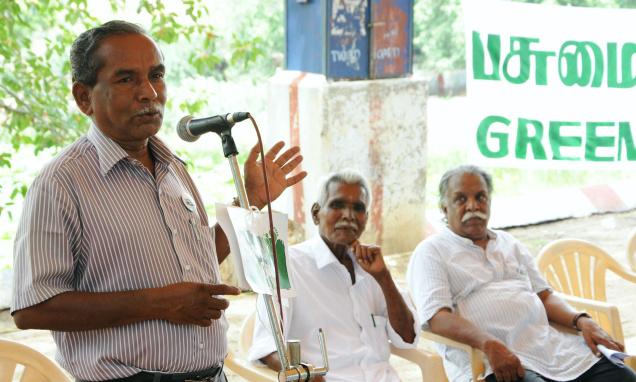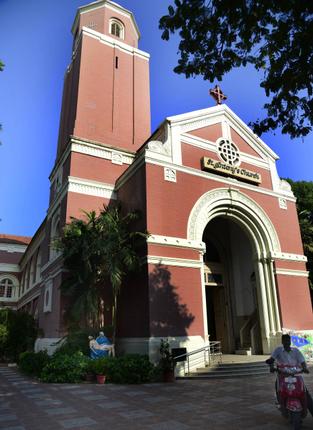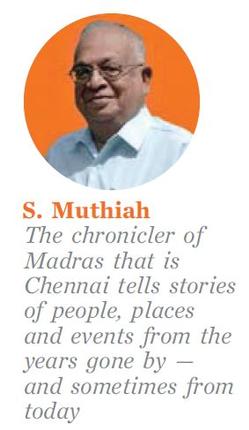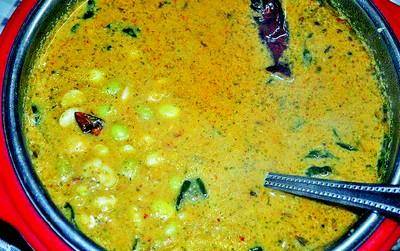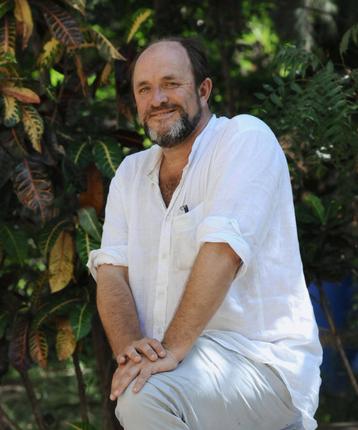
William Dalrymple talks about his next book The Anarchy that traces the rise of the East India Company and why he still treasures the curiosity and surprise of the outsider perspective
It takes a William Dalrymple to fill malls and college halls with crowds that will wait hours for him to arrive, and hang on his every word while he launches a book that’s over a year old. “Imagine yourself far away from Chennai,” he whispers, “seated on a bleak, empty step in the borderlands between Iran and Afghanistan. It’s a cold, harsh winter in November, 1837. A war is about to break out, and what you are to witness will change the course of history, forever.” Through a rapid tale of pride and ambition, folly and misfortune, Dalrymple spins us through the narrow passes and cruel terrain of Afghanistan, alongside an 18,500-strong British army with Indian soldiers that forces new governance upon a conquered nation, only to be catastrophically overthrown and reduced to one surviving man. It’s the story of Dalrymple’s most recent work Return Of A King, and this is a lecture he’s delivered before numerous heads of State, the Indian Army, at the White House and to former Afghan President Hamid Karzai, himself.
Dalrymple is in Chennai though, for different reasons. The city stars in his next book, The Anarchy, which traces the rise of the East India Company from a private company “five-windows wide and run by 35 people” to a coloniser of nations.
The book opens amidst the drama of 1739, when the ‘Second Alexander’ Nadir Shah of Persia invades the Mughal empire, captures its ruler Mohammad Shah, plunders Delhi and loots the land of wagons of jewels and gold, all of which is shipped back to Persia. As the empire begins to crumble, the French and British East India companies creep into strength. Chapter two cuts to the Madras of the 1740s, to the rivalry between Robert Clive and Marquis Dupleix that unfolded here, and proceeds to trace the Company’s expansion henceforth.
Chronologically, The Anarchy prequels Dalrymple’s last three works White Mughals, The Last Mughaland Return Of A King, all of which unfold from 1790 and 1850, the relatively “unwritten time” between the fall of the Mughals and the rise of the British. As with Return Of A King, though, The Anarchy finds uncanny relevance in modern times. The Return release of Return Of A King coincided with the period of “regime change” the British foisted on Afghanistan, followed by the recent withdrawal of its forces, an event that Dalrymple notes almost exactly replicates the First Afghan War. “I’m most interested in how history echoes backwards and forwards into modern politics,” he says.
With The Anarchy, he examines the relationship between State powers and corporate power. “There’s much to be learned from how the Company infiltrated British Parliament and Parliament aided the Company. Moreover, when Clive and the Company were granted diwani powers , it was the most extreme example of privatisation in history, and when the Parliament finally gobbled up the Company, that was nationalisation right there. Because these events are locked in history, we cease to look at them in modern terms, which gives it a whole new perspective.”
The Anarchy also ties in with a project Dalrymple spent the last year on, writing a sweeping cultural history of the nation that he couldn’t ease a “coherent narrative” out of. The spoils of all that research will now seep into The Anarchy, in true Dalrymple style of soaking his stories in the music and art of their times. “All through the chaotic events of this book, where every small village has its own raja fighting insurgent wars against the raja next door, there was the decentralisation of art. When the Mughals ruled, great art flourished in Delhi, Agra, Jaipur and Lahore, but now, schools of painting grow out of the small towns of Rajasthan and the hill towns of the North.” This was the high point of the Jaipur and Jodhpur schools of miniature, and in architecture the mighty forts and palaces of Hyderabad and Lucknow grew in this age, he adds. It is the vastness of this book’s imagined canvas that, at this stage, enthuses and challenges, yet humbles Dalrymple. “Till you figure out the shape of the thing, it’s like a new relationship. You flirt with the subject initially, realise something interesting is going on, and then at some point, you’ve to make a commitment to it. I’m still haven’t gotten over this flame!”
Back in his Mehrauli farmhouse on the outskirts of Delhi lie the fruit of many past flames. Three travelogues, the first written when he was 22, followed by three historical works and books of essays in between have perfected for Dalrymple an “anal system” of research and organisation, of physical index cards for every piece of information he unearths. All that he discovers about Dupleix, for instance, goes under the ‘D’ category of people cards, and under another label organised topic wise. “It’s the only way I don’t write myself down a blind alley and have to find my way back,” he says. It’s also these early times of research and travel in the average four-year birthing period of a book, before he’s “shackled to a desk”, which Dalrymple finds most exciting. In Chennai, for The Anarchy, he hopes to stumble upon records of the Carnatic kingdoms from the attic records of old families, besides spending months here holed up in archives. “Once all the material is well organised, my writing year can move quickly. You reach a point, eventually, where things seem to just write themselves, where wonderful phrases turn up that you haven’t particularly planned, where it’s all sort of pouring out, and that’s very rare.”
As a writer, Dalrymple firmly places himself as a narrative historian, in the traditions of those like Antony Beevor and Simon Schama. From his days of travel writing for In Xanadu, City of Djinns andFrom the Holy Mountain, he takes the tendency to now write “history books with a strong sense of place”, travelling between the library and the places he’s reading about. And from 30 years of living in India, he still brings to the table the “curiosity and surprise” of the outsider. In writing history, though, he sees it as a “sliding scale between the academic world of the social sciences on one end, and literature at the other end”, with him tilting toward the latter. “History can be wonderful literature, and no less scholarly or valuable for it being written in fine prose. I’ve learnt that there’s no shame in telling a good story.”
source: http://www.thehindu.com / The Hindu / Home> Books> Authors / by Esther Elias / October 17th, 2014
